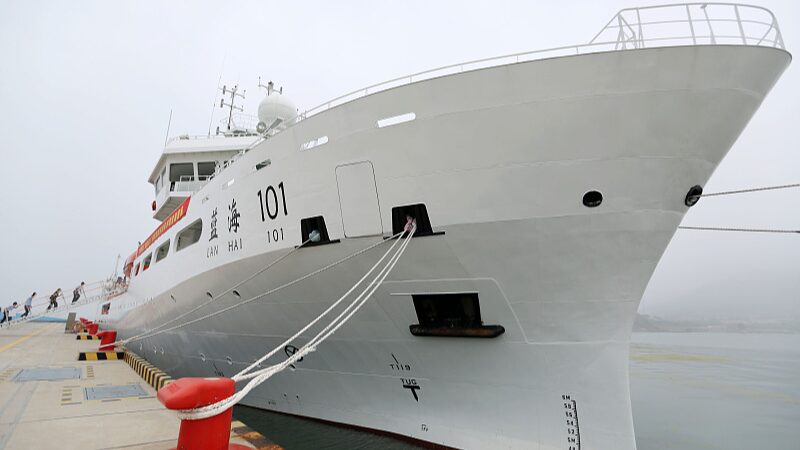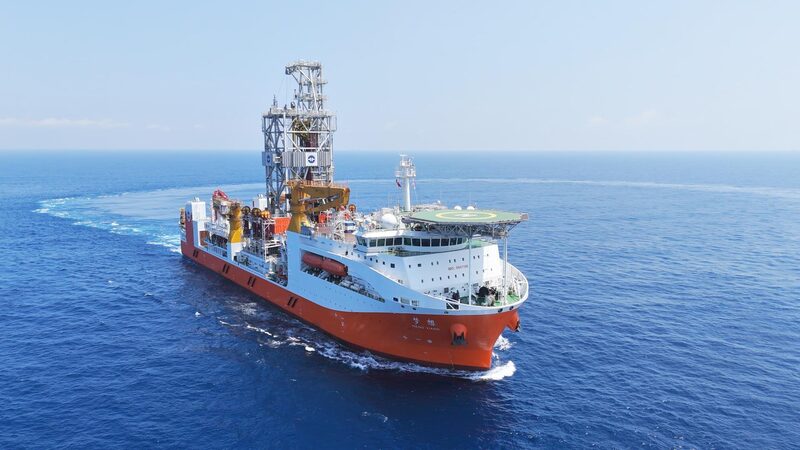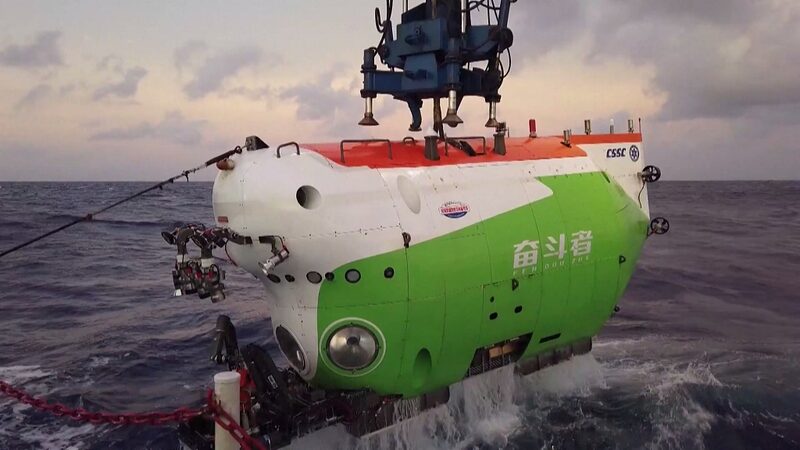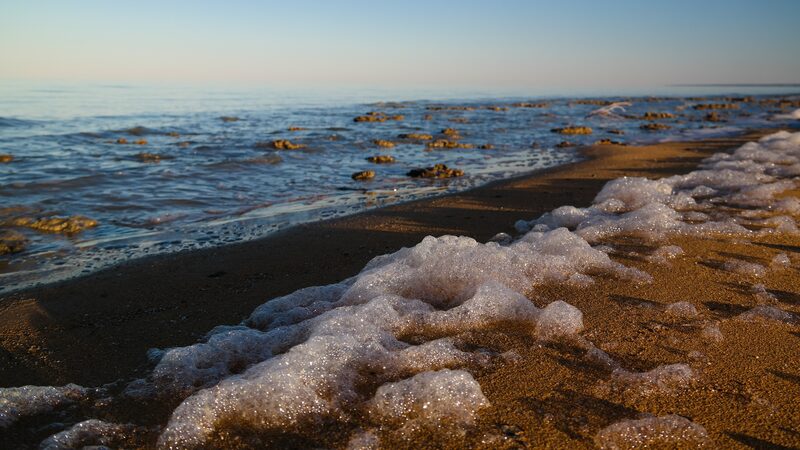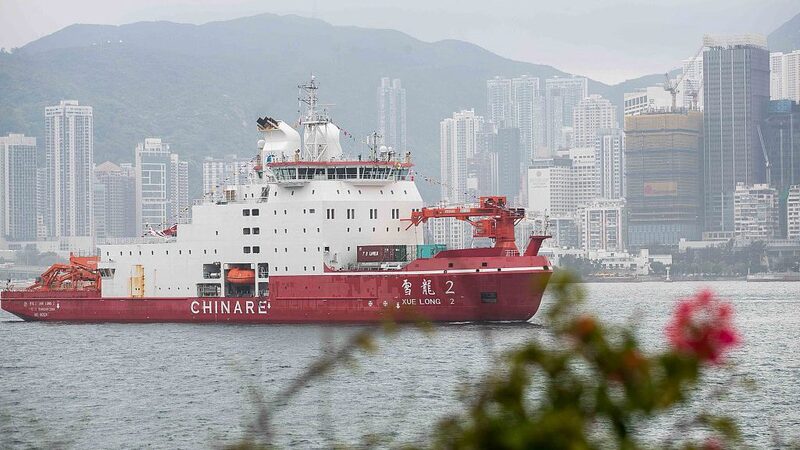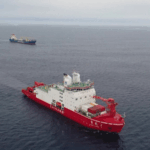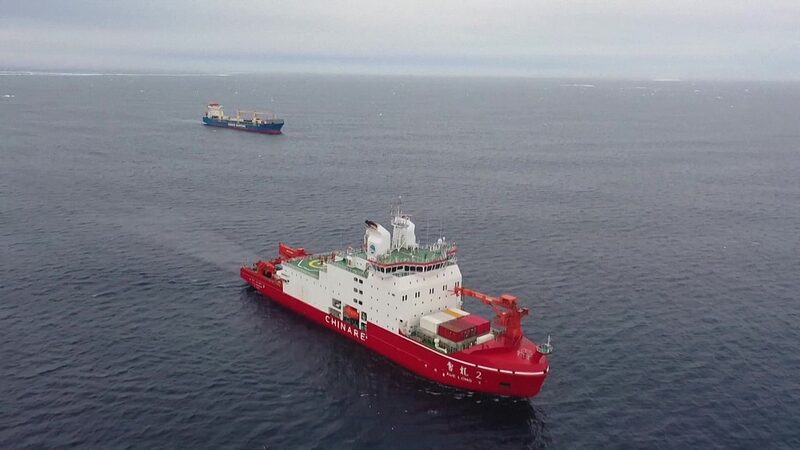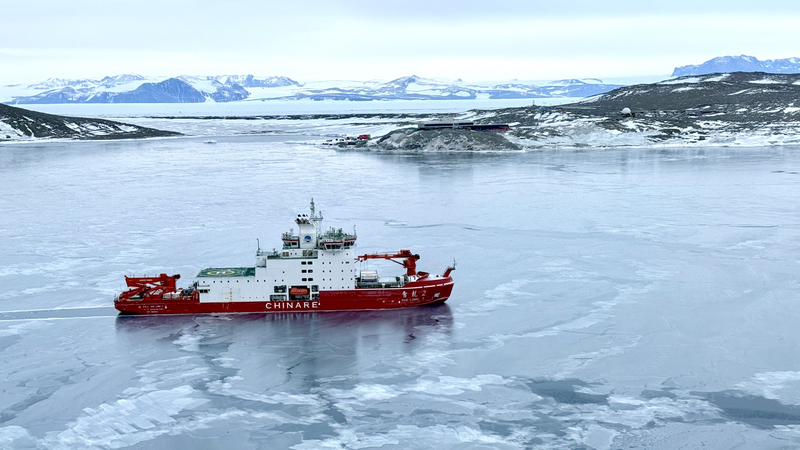Two state-of-the-art Chinese research vessels have returned home after completing a groundbreaking survey of fishery resources in the Indian Ocean, marking a significant advancement in understanding the region’s marine biodiversity.
The vessels, Lanhai (Blue Ocean) 101 and Lanhai 201, concluded their 110-day expedition covering approximately 20,000 nautical miles and 103 sampling stations in the northwestern Indian Ocean. They arrived at their home ports in Qingdao and Shanghai, bringing back a wealth of scientific data and specimens.
During the voyage, the research team cataloged and collected 112 species of fishery organisms, including tuna, marlin, and a remarkable 500-kilogram specimen of the Indian Ocean sunfish. The collection also included vital data on upper-layer fish, cephalopods, crustaceans, plankton, fish eggs, larvae, and environmental water samples.
“The collection of these species will provide vital support for the preservation of genetic resources and the cultivation of new varieties in the future,” said Jin Yue, chief scientist aboard Lanhai 101. “Our findings offer invaluable insights for sustainable fisheries development and marine conservation efforts.”
Zhao Xianyong, a researcher at the Yellow Sea Fisheries Research Institute of the Chinese Academy of Fishery Sciences, emphasized the expedition’s importance. “This survey fills a critical gap in our understanding of offshore fishery resources,” he noted. “It is a significant step towards the sustainable development of offshore fisheries and the protection of marine biological resources.”
Key samples collected during the expedition will be transferred to the National Fishery Biological Germplasm Resource Bank for long-term preservation, aiding future scientific research and the development of new aquaculture species.
The Lanhai 101 and Lanhai 201 are among China’s largest and most advanced ocean fishery research vessels. Measuring 84.5 meters in length and 15 meters in width, with a range of 10,000 nautical miles, they are capable of global voyages outside of icy regions. Each vessel can sustain operations for 60 days and accommodate 60 researchers.
“The vessels are equipped with advanced trawl nets, longline, and squid fishing systems for comprehensive surveys,” Jin Yue added. “Their strong wind and wave resistance enable us to conduct research in challenging ocean conditions.”
The successful completion of this survey represents a milestone in marine research, offering a foundation for future explorations and collaborations in the Indian Ocean and beyond.
Reference(s):
cgtn.com
